Review: Sonim XP7
Jan 23, 2015, 4:00 PM by Eric M. Zeman
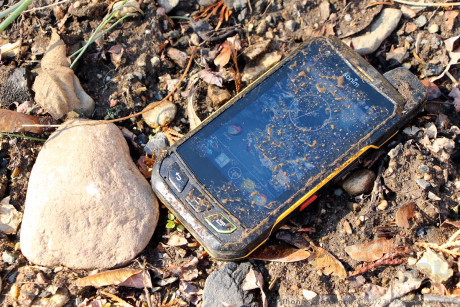
Sonim's rugged XP7 Android smartphone is as tough as they get. This handset tackles the elements and all your communication needs in one, heavy duty package.
Form
Is It Your Type?
The Sonim XP7 is for a very specific set of people: those who need the toughest, most rugged smartphone they can buy. Maybe you work on a construction site or maybe you're an adrenaline junkie. If you spend most of your time outside doing active things in dangerous places, the XP7 is probably exactly what you need.
Body
The Sonim XP7 is a brute. It's an incredibly tough Android smartphone that can withstand the harshest conditions and treatment. If you're hard on your devices, the XP7 is probably up for the challenge.
The XP7 is not sleek and sexy. Like so many rugged devices, it's a brick. It's a huge hunk of industrial-grade plastic and it weighs a ton. The design features are blunt, its buttons are over-sized (for better use with gloved fingers), and its black-and-yellow colors make it look like a Tonka truck. This is not a phone for Saturday night on the town, it's a phone for Monday morning on the job site. The XP7 is pretty good looking, especially for a phone designed with an emphasis on function.
The width and height are about the same as an iPhone 6, but the XP7 is about 22mm (or 0.85 inches) thick. There's certainly plenty to grab onto. I didn't have any trouble holding or using the phone, but the weight does get to you after prolonged use. It weighs in at 10.5 ounces, which is about twice the weight of today's 5-inch phones. This phone does not fit in your pants pocket. It's best kept on a belt or in a large coat pocket.
Most of the outer materials are plastic and rubber; there are no fancy metal frames or panels anywhere. The plastic is hardcore. You can use this thing to hammer nails into a two-by-four. The phone is fitted together tightly to keep out dust and water.
The display is protected by Gorilla Glass. It covers the front of the phone and is the only non-plastic element to the XP7's design. The glass is sunk into the frame, which forms a rim around the outer edge. The rim has a pretty harsh edge, but it will protect the screen when the XP7 is placed face down. The XP7 has three physical buttons below the screen for the back, home, and multitasking functions. All three buttons are rather large and distinctly separated. I didn't have any trouble finding or using them with gloves on. The buttons have good travel and feedback.
There are three buttons placed along the left edge of the phone. The screen lock / power button is perched close to the top. It's recessed a bit, which helps prevent accidental unlocking but also makes it really hard to find and use when wearing gloves. There's a dedicated PTT walkie-talkie button in the middle. It protrudes noticeably from the side, is fairly large, and has its own texture, really helping it stand out. Last, there's a camera button. Both buttons have tight travel and feedback. I would like more travel in them, especially when wearing gloves. There are two buttons on the right edge. The upper button is the volume toggle. It has a good profile, but offers the same tight travel and feedback as the other buttons. There's a red button on the side, too, and it works well.
Sonim chose to create its own charging connector rather than use micro-USB. The connector is recessed a bit and uses magnets to help properly seat the cable. Though it's a bummer to lose the common USB standard, Sonim's solution is durable, waterproof, and supports docks. The headphone jack and SIM card port are on top. The headphone jack is protected by a hatch, which keeps out water. The SIM card port is covered by a hatch too, but you need a special screwdriver to remove it (one is included.) The antenna nub houses the speakerphone and also has a notification light on top.
The XP7's rear cover is not removable, but you will see two screws under the camera module. These are for attaching Sonim's XPand accessories, such as a laser scanner and such.
The Sonim XP7 favors function over form, but that's par for the course with ultra-rugged devices.
Performance
Screen
The XP7 has a four-inch screen with 800 x 480 pixels. It's just barely big enough, but the smaller size helps the resolution a great deal. Were it any larger, the pixel density would be rather low. Despite the lack of pixels, most on-screen elements looked good. I didn't see any obvious jagged edges, but text could have looked smoother. More importantly, the LCD is plenty bright enough for indoor and outdoor use. I had no trouble using the XP7 outdoors under a sunny sky. It's certainly not the best screen I've seen, but for this class of device it gets the job done.
Signal
I tested the XP7 on AT&T's network in and around New York City. It performed well. It held onto a signal everywhere I took it, including areas with weak coverage. It connected most calls on the first dial and dropped just one call. I was pleased with data speeds most of the time. With LTE on board, the XP7 never had a problem updating my email, Twitter feed, or Instagram shots. Data speeds were good even when there was little signal available.
Sound
Phone calls I made with the XP7 sounded average to my ears. They were good most of the time as far as quality is concerned, with little interference or other problems. The main earpiece produces excellent volume. In fact, you can leave it set at about halfway most of the time. If you pump it all the way up you can hear calls darned near anywhere no matter how loud the background is. People I called through the XP7 said I sounded "OK, but not great." The speakerphone is insane. It produces decent call quality and you can hear conversations a mile away. The speakerphone is very, very loud, but is sometimes prone to distortion. If you take a call via the speakerphone when out in the woods, you're going to scare away any wildlife in the area. In a construction zone? The speakerphone should be loud enough to hear over anything but a jack hammer. Ringers and alerts can be set to nerve-shattering volumes, but I was disappointed with the strength of the vibrate alert.
Battery
Battery life is incredible. With a 4,800mAh battery tucked inside, the XP7 delivered two days of battery life quite easily with moderate use. It still got one and a half days with heavy usage. It's a crazy big battery and it really gets the job done. This makes it an excellent device to have on hand outside when the closest power source is miles away.
Rugged
The XP7 is one of the most rugged devices I've ever tested at Phone Scoop. I beat the snot out of it, and it handled all of it with nary a blink. It's an absolute beast.
Toughness
Here are some of the things I did to the XP7: I drove over it with my car; threw it down onto my driveway; threw it down onto gravel; dropped a brick on it from waist height; kicked it; threw it like a baseball down the street; used it as a hammer; hit it with a hammer. The XP7 is built like a tank. After all this, there are hardly any marks on the phone.
Waterproof
The XP7 has an IP68 rating, which means it can be submerged in water deeper than one meter for periods of time longer than 30 minutes. I held the device under a faucet, sprayed it with my shower nozzle, let it sit in the tub submerged overnight, and let it sit outside in the rain for the better part of a day. The Sonim XP7 is the most waterproof phone I've tested. Nothing phased it at all.
Screen
First, I was impressed that the XP7's screen didn't crack or break after suffering all that abuse. Second, the XP7 has an extra-sensitive mode for the screen which allows you to use it with gloves on. Given the cold weather in New Jersey this winter, I was glad to have this feature. It worked flawlessly, even when I wore thick leather gloves. Further, you can set the text to be extra large and also turn on magnification gestures that zooms in with a triple-tap. These are nice features that help when you're out and about in cold and/or severe conditions.
Suffice it to say, the Sonim XP7 is perfect for dangerous work sites where it might accidentally wind up in the dirt or under the wheels of an earth mover.
Basics
Menus
The XP7 runs a completely stock version of Android 4.4 KitKat. That means the lock screen supports the usual set of passwords and other protections. There's one added shortcut on the lock screen, and that's to the flashlight.
The rest of the menus operate exactly as they do on any KitKat phone. There are minimal home screens active out of the box, and they aren't littered with widgets and shortcuts. In other words, it takes only a few moments to customize the panels to suit your own needs. The app menu is laid out in a clean grid. Apps are listed alphabetically, but you can drop them into folders if you want. There's no list view option.
Sonim hasn't dressed up the settings menus at all. It's a simple and straight-forward tool for managing the XP7. Similarly, the notification shade is devoid of extras, like toggles for the radios built into the main screen. Instead, it offers only notifications and access to the Quick Settings with a two-finger swipe.
Sonim stuck the 1.2GHz quad-core Qualcomm Snapdragon 400 in the XP7. This chip generally does a good job and I didn't notice any hiccups in performance while reviewing the phone. The XP7 ran smoothly.
Calls and Contacts
The stock Android phone app is among the default shortcuts pasted into the dock at the bottom of the screen. Pressing the phone button dials up the stock Android phone app. You can swipe sideways to access the call log and your favorite contacts. The call log provides some information about calls (time, duration) in addition to shortcuts for redialing or sending a text message to those numbers.
Owners interested in using the XP7 as a walkie-talkie on AT&T's network will want to download AT&T's enhanced PTT application and sign up for the service. It costs a few extra dollars per month but is worth it for the ease of walkie-talkie style conversations on the job site.
Contacts are automatically synced with your Google accounts if you use Gmail, but also support ActiveSync, Exchange, and IMAP databases. Contact cards — or direct dial or direct message shortcuts — can be placed on the home screens, which give you instant access to your close contacts. You can also add people to your Favorites list, which is visible in the phone app and includes a homescreen widget.
Messaging
The Sonim XP7 comes with the same stock Android communications apps that are on every other Android device. That means Gmail, email, messaging, Hangouts, and Google+. The older messaging app is the default SMS/MMS client when you first boot the Sonim XP7. You can switch the default messaging app to Google Hangouts if you want, but you don't have to. The latest version of Gmail is particularly powerful, as it handles non-Google email accounts. Popular social networks are absent, so you'll have to pluck them from the Play Store yourself.
Extras
Media
The Sonim XP7 ships with the core Google Play apps for content consumption. These apps are available to all Android devices. The latest versions of these apps, updated with Google's Material Design, work well for handling each different type of content available in the Play Store, including music, movies, TV shows, books, and magazines. You can also make use of the generic MP3 and video players for sideloaded content. Without a memory card slot, however, loading your own music is a bit of a chore involving the cable.
The XP7 also throws in an FM radio for good measure. The radio works well, but you need to use a pair of headphones (as an antenna) to get any reception.
Music sounds good when played back through my fave set of earbuds, and the screen does a good job with video content. You can also blast music out of the speaker at volumes loud enough to annoy those around you.
Camera
The XP7 uses the crummy stock camera application. I find it utterly annoying that the camera button on the left side won't launch the camera when the phone is locked. You have to unlock the phone before using the camera. Ugh. At least you can use the button to snap photos.
The Android camera UI is minimalistic. There are only two buttons: one to access the settings and another to swap shooting modes. The controls can also be accessed by swiping from the side of the viewfinder towards the center. Swiping from the left opens the control dial that has most of the options. The Sonim XP7 includes HDR (which can be set to come on automatically) and panorama shooting modes.
The settings are bare bones. You can adjust exposure and the flash, as well as control the timer, sounds, image size/quality, and white balance.
The camera's best feature is its speed. It focuses and captures pictures incredibly fast.
Photos
The XP7 has an 8-megapixel sensor. The camera is passable, but hardly impressive. The camera had a hard time locking down focus and many of the photos looked rather soft. I saw some white balance problems here and there, but exposure was generally good. My biggest gripe is the presence of grain, which even invaded shots taken outdoors under sunny skies. It's good enough for everyday camera needs — especially considering its use as a work device — but I wouldn't use it for vacation or wedding photos.
Video
The XP7 can shoot video up to 1080p full HD. The video camera was consistently better at producing usable results than the regular camera. It handled extreme swings in light without pause, and locked down focus most of the time. I noticed grain, but it was less pervasive. White balance was generally accurate. Again, it's good enough for capturing anything you might need on a work site, but I'd use dedicated video equipment for important events.
Gallery
The Sonim XP7 includes both the stock Android gallery app and Google's newer Photos app. The stock gallery app is the same one that comes with most Android devices. It doesn't offer anything new or different compared to other Android KitKat phones. It's acceptable for managing photo albums and sharing photos with social networks. It also has some simple editing features, such as crop, rotate, red-eye reduction, and filters that help correct color, exposure, and other issues.
The Photos app has a more generous set of editing functions, and can be used to back-up and interact with your photos on Google+. I'd recommend the Photos app over the older gallery simply because Photos is the default app for Lollipop phones moving forward. Moreover, it has better editing functions and sharing tools.
Bluetooth
The XP7 has a decent Bluetooth radio. I had no trouble connecting it to headsets or my car's handsfree system. Calls routed to headsets didn't sound all that great to me. I was able to pair it with a stereo speaker and with a Nexus Player. Music playback wasn't good at all, but the XP7 worked perfectly for controlling the Nexus Player.
Browser
The Sonim XP7 ships with the older, generic Android browser and Chrome. The generic browser is certainly functional when it comes to rendering web sites, but I thought it was a little slow when surfing on AT&T's LTE network. The newest rendition of Chrome is solid when it comes to rendering web sites, be they optimized for mobile or not. I thought Chrome was a bit faster than the generic browser, and I like its controls more.
Clock
The lock screen offers a simple digital clock. The font is white and the numbers are a wee bit thin for my tastes. You do have to be careful about your wallpapers, as they can obscure the clock at times. Otherwise it's generally easy to read, even outdoors, thanks to the bright screen.
GPS
Google Maps is the only navigation tool installed on the XP7. I found that it functioned quite well. The GPS radio was quick to locate me, and I'd estimate accuracy is within about 25 feet. Maps is a great tool for planning routes or searching for nearby points of interest. The phone was able to keep up during live turn-by-turn navigation and had no trouble re-routing me when I purposely went off course.
Wrap-Up
The Sonim XP7 lives up to its billing as a rugged Android smartphone that can go anywhere and come back unscathed.
The XP7 may be bulky and heavy, but the size and weight pay dividends when it comes to the phone's toughness factor. I punished the XP7 and it survived everything I threw at it. The hardware is incredibly strong. The buttons and controls are mostly good and can be used even when you're wearing gloves.
The phone handles the basics well. The XP7 had no trouble operating on AT&T's network; the speakerphone is the loudest I've heard; and battery life is unbeatable at two days. The screen is of average quality, but is highly visible outdoors.
The stock Android operating system doesn't include any compelling extras, but at least it functions as intended. The phone has all the core communications and media tools on board, and has access to the Play Store for entertainment. I wasn't impressed by the camera software, nor the camera's performance, but people shopping for rugged phones likely don't care much about that.
The XP7 is for first responders. It's for construction workers. It's for hard-working people who do dangerous things and need their device to survive to the end of the day, every day. If you're in need of an ultra-rugged smartphone, I can't think of a better option than the Sonim XP7.
Comments
XP7 possible on Verizon?
I'm interested in buying this phone and activating it on Verizon, combined with our PTT service by ESChat. That would get me as close as possible to the handset toughness and reliable PTT of good old Nextel, PLUS the coverage & reliability of Verizon's network, and all of the conveniences of a smartphone and speed of 4G.
From the XP7's specs, it looks like its radios are compatible with Verizon's networks. Does anyone know (a) is it technically possible to bring the XP7 to Verizon on a BYOD plan, and (b) if so, what it wo...
(continues)


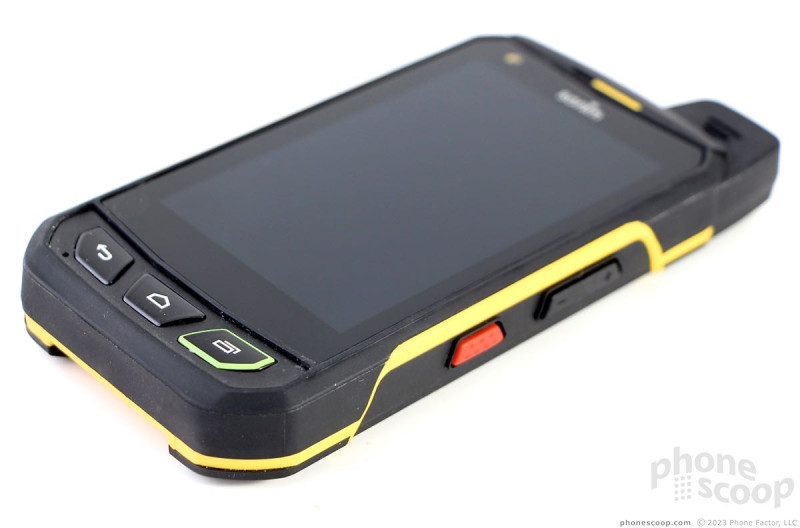















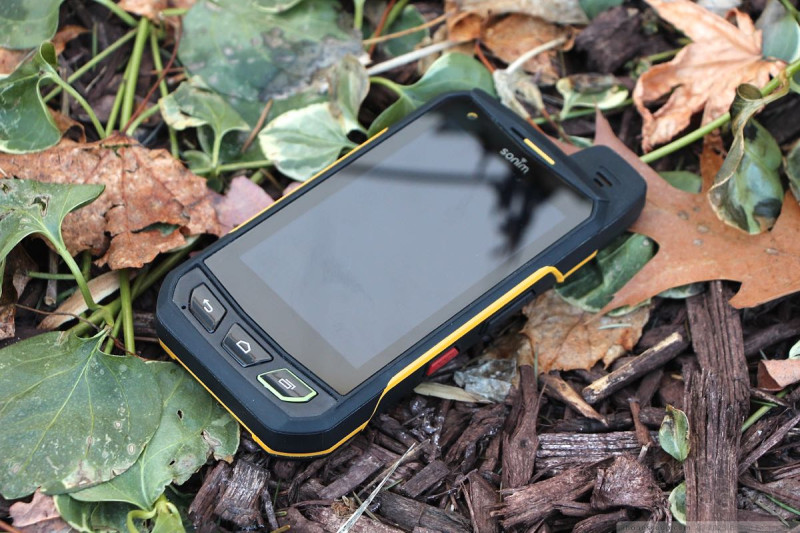





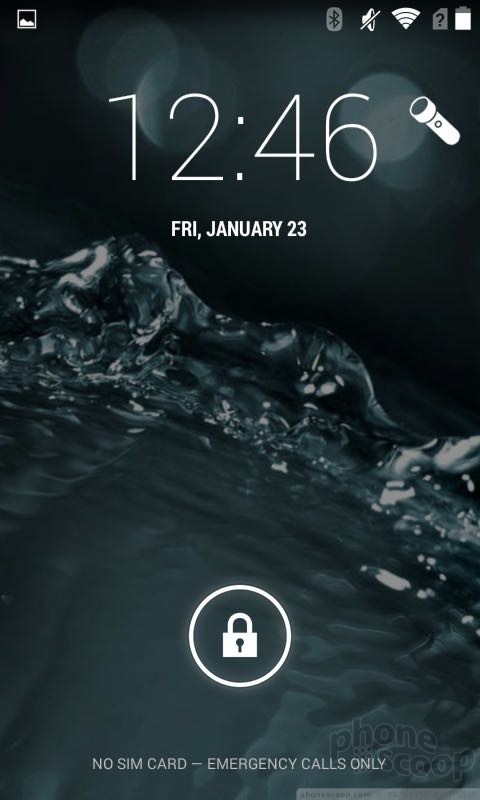





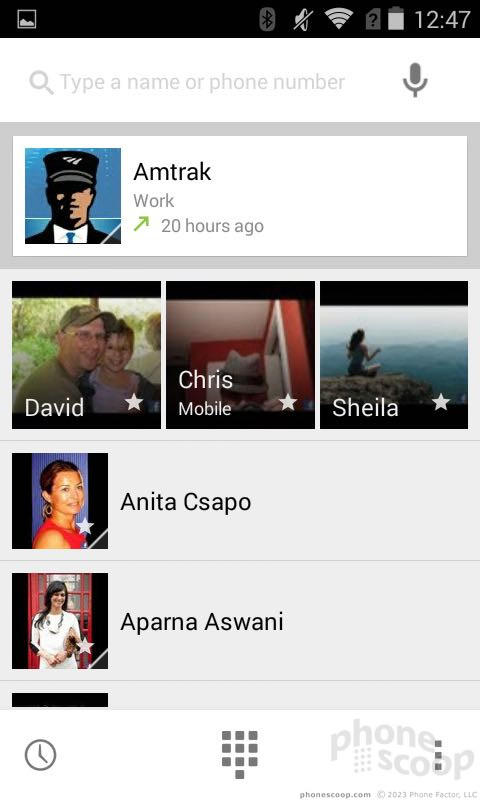







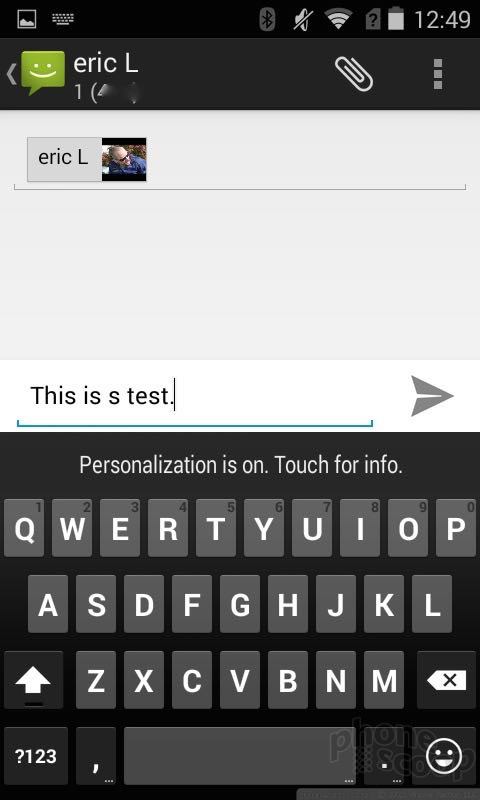





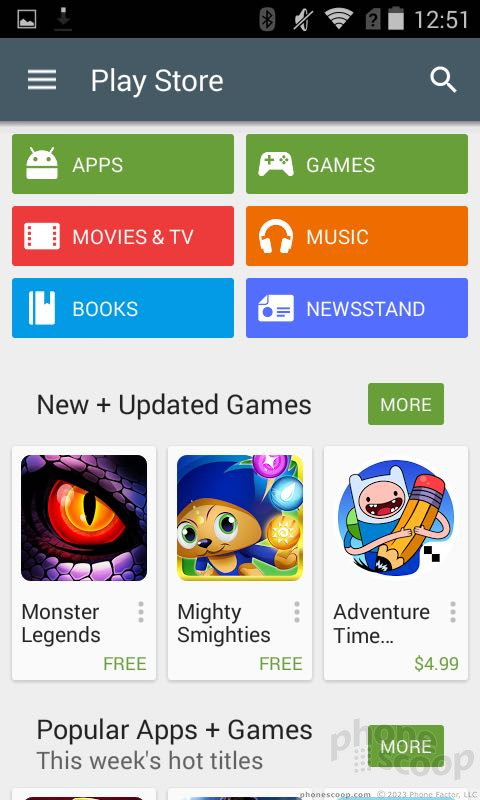









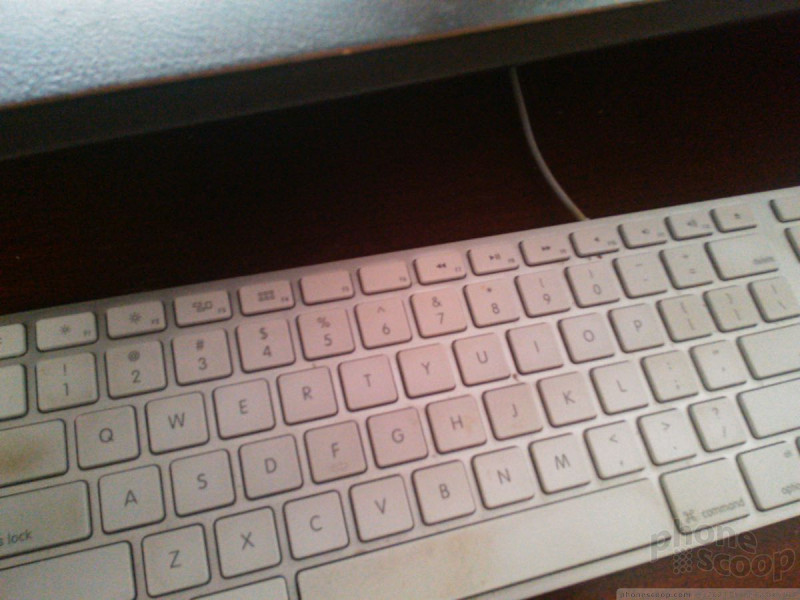













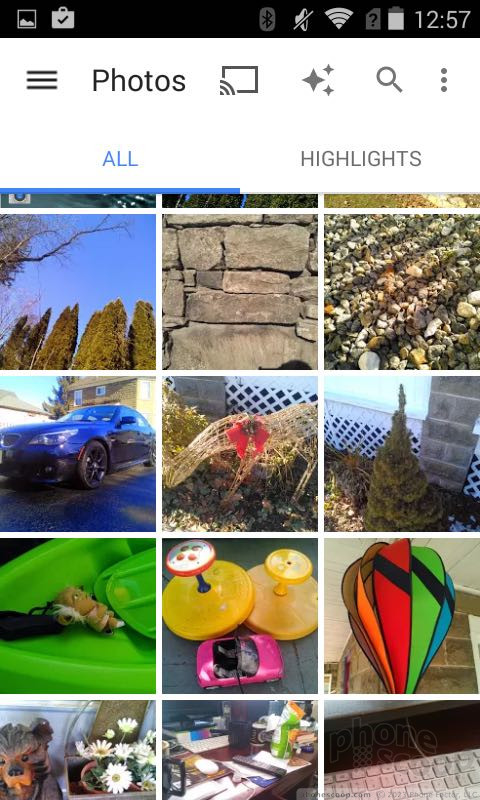








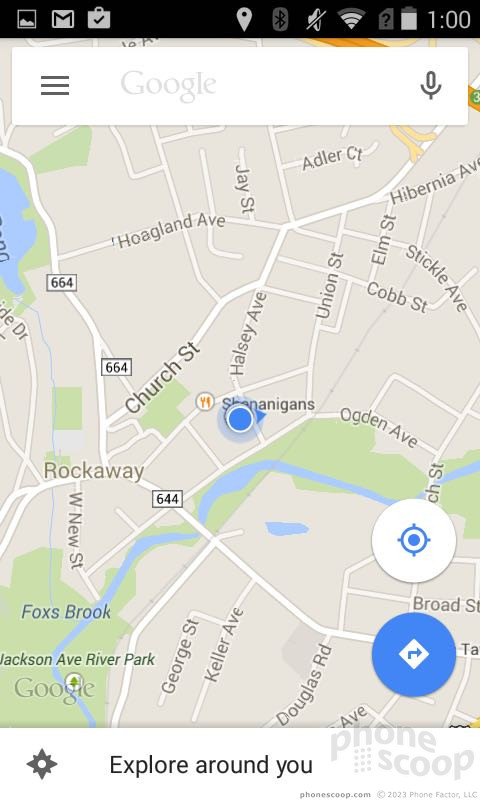



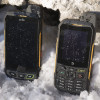 Gloves-On with the Sonim XP7 & XP6 for AT&T
Gloves-On with the Sonim XP7 & XP6 for AT&T
 Sonim XP Pro Launches on AT&T
Sonim XP Pro Launches on AT&T
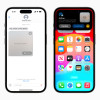 iOS 17 Brings Comprehensive Protection Against Unwanted Nude Images
iOS 17 Brings Comprehensive Protection Against Unwanted Nude Images
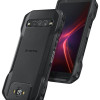 Kyocera Brings DuraForce Pro up to Date
Kyocera Brings DuraForce Pro up to Date
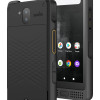 Verizon Continues Updating Rugged Lineup with Sonim XP10
Verizon Continues Updating Rugged Lineup with Sonim XP10
 Sonim XP7
Sonim XP7







